![]()
![]()
![]()
Use LEFT and RIGHT arrow keys to navigate between flashcards;
Use UP and DOWN arrow keys to flip the card;
H to show hint;
A reads text to speech;
9 Cards in this Set
- Front
- Back
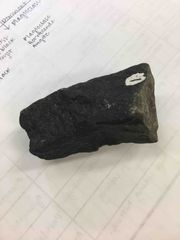
Basalt |
Aphanitic. Can be vesicular due to gas cavities. Commonly black to very dark grey in color & may have reddish tints. Dominant Minerals include: Plagioclase Augite Hornblende Olivine can be present. |
|

Gabbro |
Can be light to nearly black. Light varieties are not as abundant as the dark. Gabbro is darker than Diorite Dominant Minerals: Augite Olivine Plagioclase Can have hornblende |
|
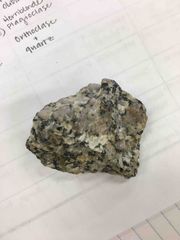
Granite #12 |
Phaneritic Porphyritic Dominant Minerals: Orthoclase Quartz Can have biotite, plagioclase, and ferromagnesian Minerals like pryoxene and amphibole |
|

Granite #3 |
Phaneritic Dominant Minerals: Orthoclase Quartz Can have hornblende, augite, biotite. |
|
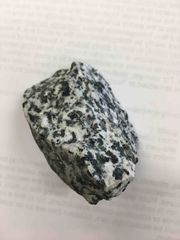
Diorite |
Mostly white, however is known to have a salt and pepper appearance. Phaneritic Dominant Minerals: Plagioclase & ferromagnesian Minerals |
|
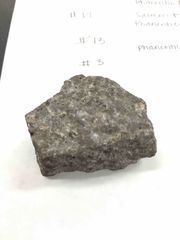
Andesite |
Various shades of pink, gray, purple, or green. Aphanitic, however often have phenocryst of plagioclase and some ferromagnesian mineral. Dominant Mineral: Hornblende Plagioclase |
|
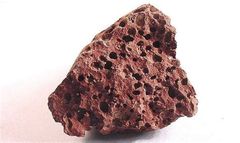
Scoria |
Usually brick red in color Dominant minerals include Plagioclase Hornblende Vesicular in texture |
|
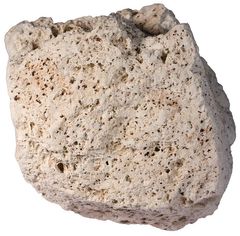
Pumice |
Contains dominant minerals of Si, O, Al, Fe (silicon, oxygen, aluminum, iron) Very low specific gravity Glassy & vesicular in texture. |
|
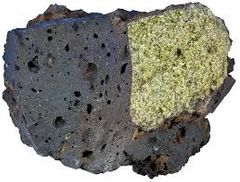
Peridotite |
Dominant minerals include Olivine with some Pyroxene Color is usually green. |

